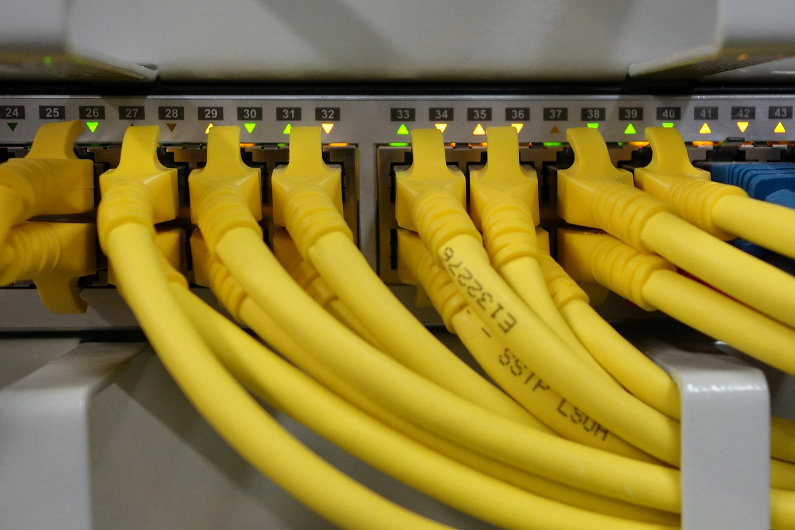In 2015, BT announced that ISDN, the Integrated Services Digital Network first created in 1988 as Britain’s digital network for carrying sound and data, will be phased out by 2025.
This may sound like drastic news to companies accustomed to using ISDN, but it has been a long time coming and is being phased out carefully – and there is a chance that, for some users, the deadline will be extended. The other non-internet network BT maintains, the analogue Public Switched Telephone Network (PSTN), will be gone by this time, too.

New customers – don’t choose to join too late
From 2020, BT will not offer ISDN as an option for any new customer to install. This effectively ensures that, by 2025, when the network is phased out, there won’t be any new users of the network – and it would make sense for the company to attempt to divert long-time users towards other options well in advance of the official cut-off date.
If you are starting a new business and in a position to be connected to the ISDN, be sure that you do not subscribe to it. The network’s final years are liable to be marked by less attention and spending, suggesting the possibility that the standard of support and technical support available to customers will drop as BT ramps up interest and investment in replacement services on the VoIP network.
You must also avoid thinking that your choices are between the ISDN and the PSTN, as both will soon be gone and have to be seen as placeholders for a more advanced network.
Replacement service
While the given date is 2025, it is important that we consider all evidence to ask: when does ISDN finish? While many modern companies need a higher level of bandwidth and will not miss ISDN, there are many companies for which it did not provide all of the internet functionality they needed.
Moreover, Britain has 33.2 million fixed landlines which will need substantial rewiring if the network is to be remade as one all-encompassing Voice over Internet Protocol network. The fate of these landlines with the oncoming changes is unclear, but it is possible that parts of the network will still be running after 2025 if their replacements will not have finished construction.

Look to SIP Trunks
SIP (Session Initiation Protocol) Trunks allow a modern approach for businesses changing or starting while knowing to steer clear of ISDN. SIP Trunks keep the Private Branch Exchange switchboard that many companies are used to having and adds the flexibility offered by a cloud-based VoIP network.
Avoiding the ISDN will bring with it a sense of relief to new business owners. Upgrading from ISDN to trunks or VoIP is a simple procedure which can be done quickly and efficiently.
In its report on the shift in public perception from ISDN towards more advanced forms of networks, BT reported that “transitioning to SIP Trunking is a justified investment”. This indicates the direction of the future, and the way to look for the next opportunity as the ISDN and PSTN networks are wound down over the coming years.

